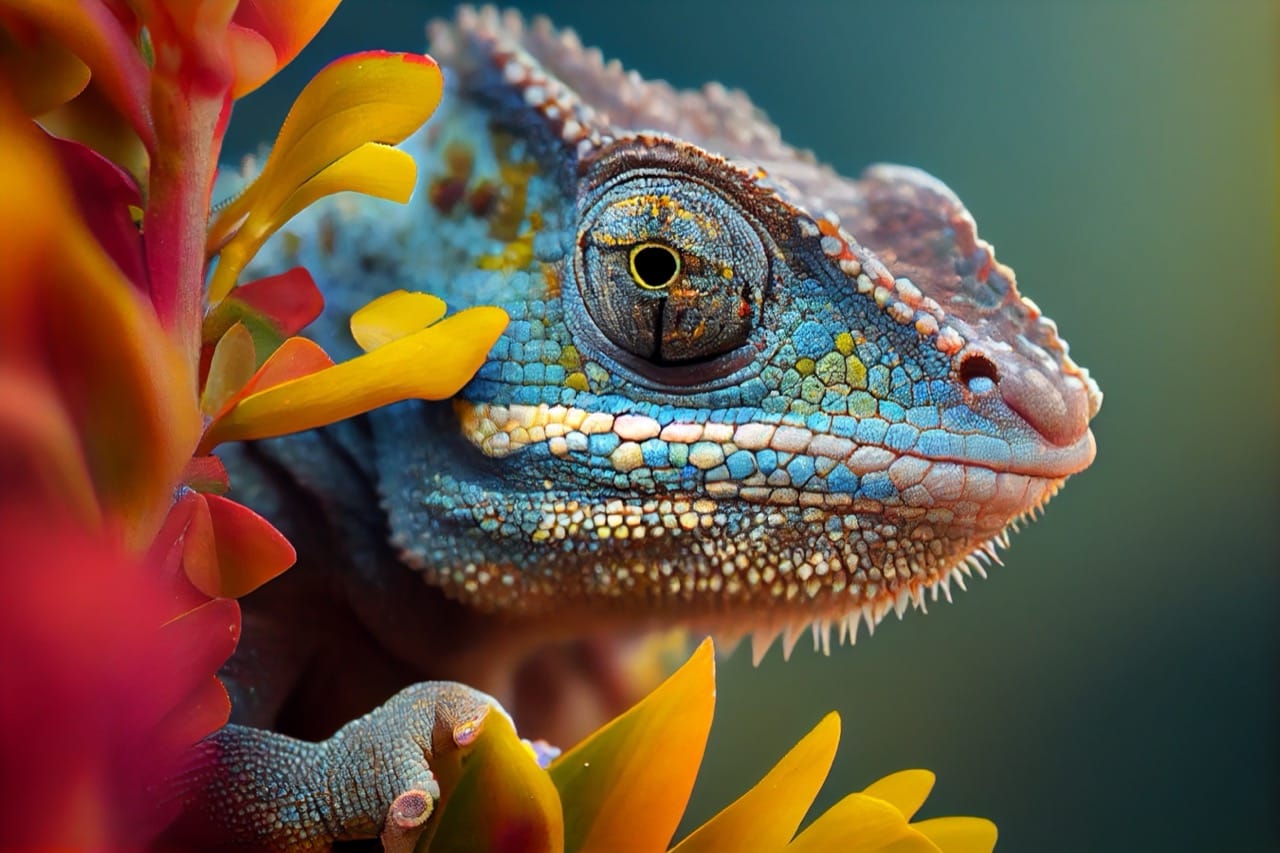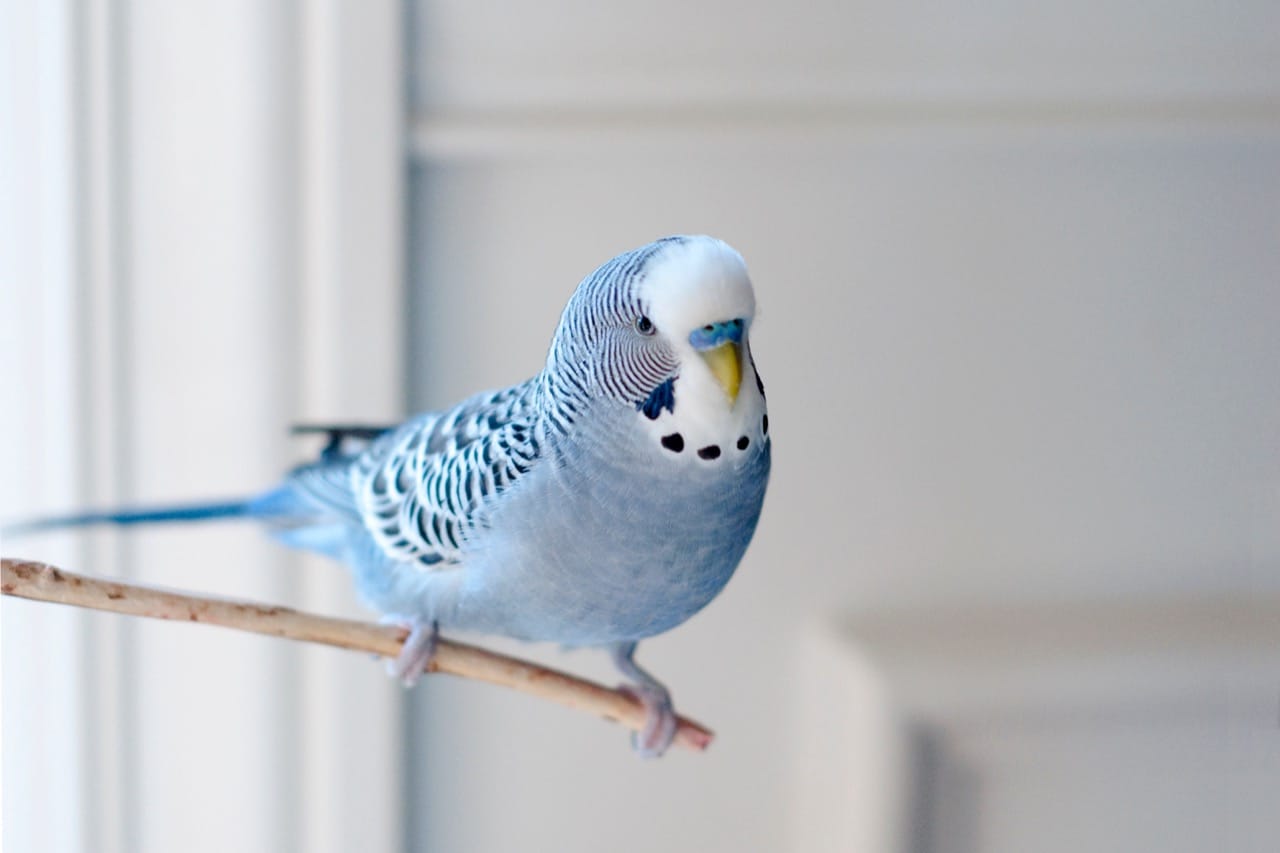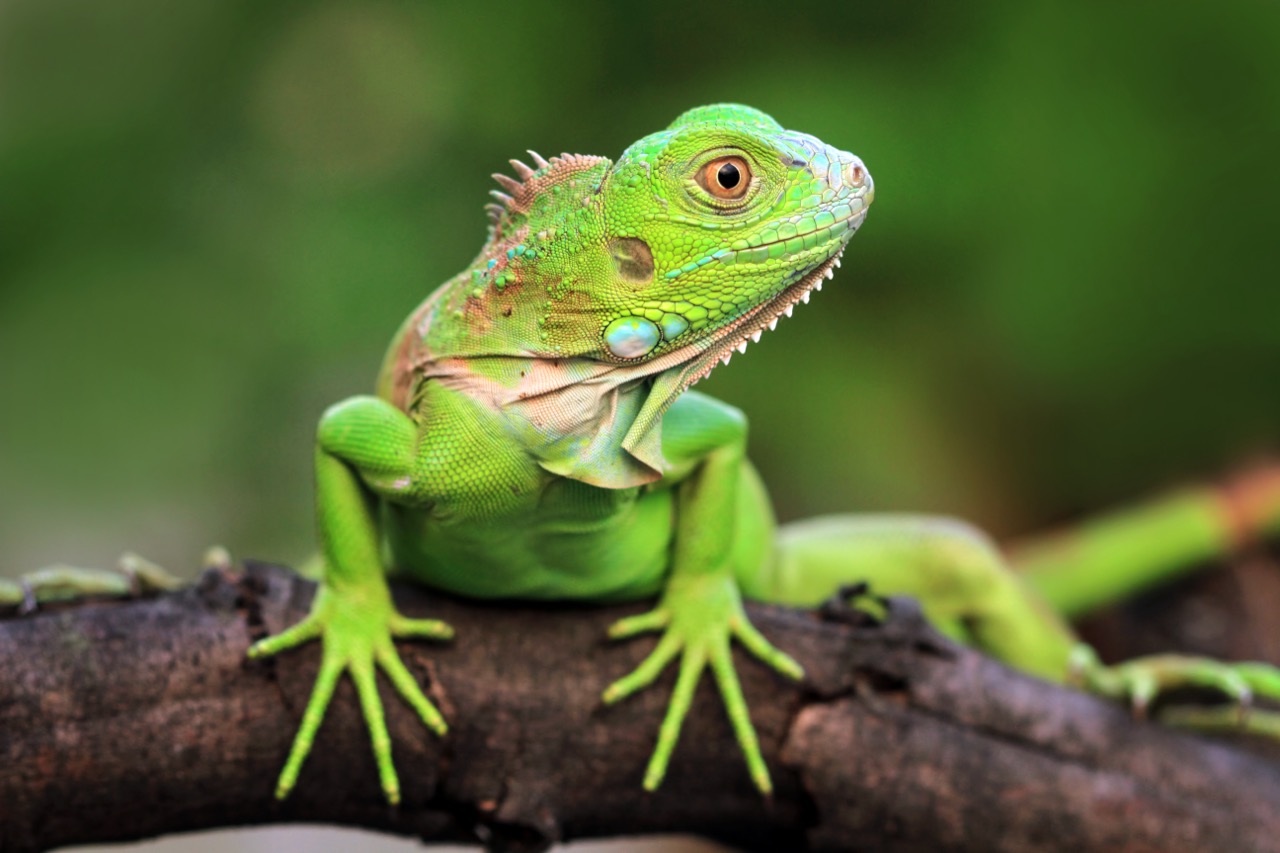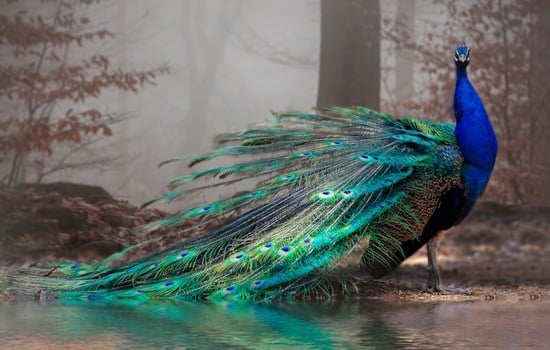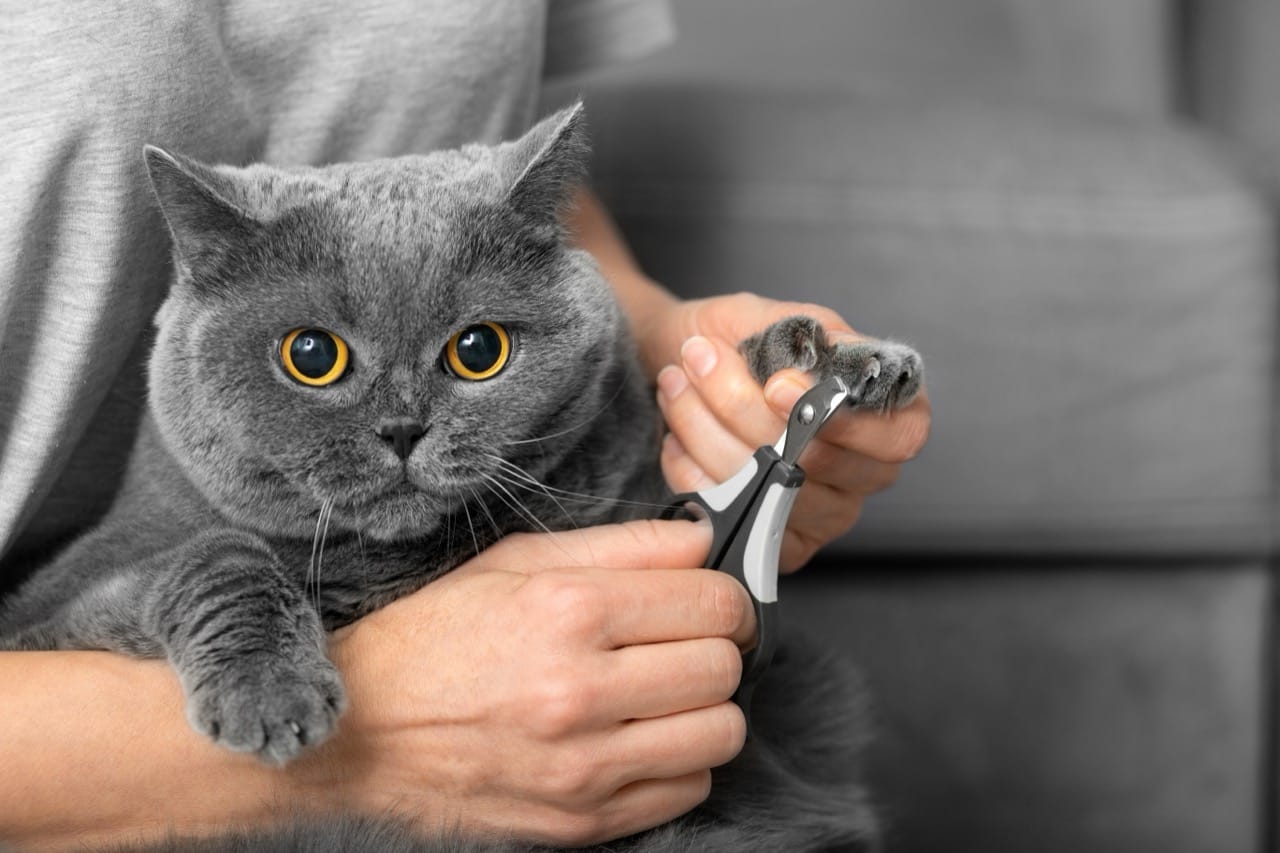
Cat claws are designed for killing. Instinctively quick, they’re a proven threat to furniture at best and the whole family at worst. But trimming your cat’s claws could actually be far more dangerous to the cat’s health than the minor threat imposed by cat-scratches.
There are a number of reasons why you might consider trimming your cat’s claws. The most common usually involves protecting younger members of the household from a scratchy yet beloved feline. Blunt, trimmed claws can seem like a quick fix to any number of injuries to both your family and furniture.
However, here are three ethical pitfalls suggesting why trimming your cat’s nails might not always be the best idea for you and your cat, alongside some solutions to try out instead.
Claw Trimming Isn’t Always Necessary
De-clawing (the surgical practice of removing a cat’s claw entirely) can be a cruel practice. Claw trimming, on the other hand, is often seen as the best alternative for both “problem” cats and happy felines, on the basis that dulling their sharp scratches is supposedly crucial for a healthy house cat.
Despite many veterinarians providing cat claw trimming services, claw trimming isn’t entirely necessary, remaining an ethical gray area amongst cat-owners.
There’s only one situation where a cat needs its claws trimmed: if the claw is ingrown or at risk of becoming ingrown, curling over, and possibly even piercing the pad of their paw. This presents a known risk of infection where claw-trimming provides useful treatment. Always check your cat’s paws for ingrown claws and seek professional veterinary aid if needed.
In any other circumstance, claw trimming is a cosmetic procedure and a matter of human convenience; a quick and cute safety trend which potentially harms the cat while benefiting its scratch-scared owner.
Cats Depend On Their Claws
Cats keep their claws sharp for hunting, climbing and self-defense. They are natural born killers; domesticated for the sharpness of their claws and licensed to kill rodents in return for a safe home.
It could be argued that since cats are domesticated, we control their right to keep their claws sharp, especially if they pose a safety hazard. The counter-argument suggests that denying cats their genetic expectation of sharp claws is cruel; a cosmetic hack benefiting the owner while causing distress, if not harm, to the animal. This is especially true for outdoor cats dependent on their claws for fleeing as well as fighting.
The main danger, especially with home-trimmed claws, involves the cat’s “quick” — the innermost part of the claw’s anatomy. While usually visible beneath the nail-like layers of the claw, trimming within close proximity of the quick could cause injury and bleeding, while heightening the risk of infection. A cat could easily hurt itself (specifically the quick) through their instinct of sharpening blunt claws back to a natural state. There is no reason to risk inflicting any unnecessary trauma on your cat.
Treat Your Pet According to Their Own Needs, Not Yours
Cats regulate and maintain their nails according to their expected outdoor lifestyle. They scratch instinctively to maintain the health of their claws. A cat scratching its scratching post is sharpening, filing and removing the dead layers of its claw, mirroring the reasons we cut our own nails — to keep them fresh. Claws naturally shed their outer layers like spider skins, revealing a sharper point beneath. There is no need for us to intervene.
If you’re contemplating trimming your cat’s nails for scratch-prevention, you should probably be re-evaluating either the treatment of your cat (e.g. is there a reason they keep scratching you/the furniture?), or whether you’re truly ready to accept a clawed animal into your home. Cats are domesticated predators — the core purpose of feline domestication has never been solely for cosmetic, fluffy cuteness.
How To Stop a Cat from Scratching Your Furniture and Family
Scratching-posts are a well-known feline stress reducer, and an ideal method of claw maintenance. If your cat is constantly scratching at furniture, give it something better than your furniture to scratch on. Try redirecting them to a new scratching post or cat rug in the affected room(s) to save your good furniture.
Your cat may also be scratching you for a reason. Your first step should be to look at your own behavior and “cattitude” before researching cat behavioral guides to fix any underlying trust issues your pet may be facing. Children should be taught to understand and respect a cat’s basic body language, alongside the correct ways of petting and holding a cat to naturally avoid its scratches.
Avoid the quick fix and potential risk of traumatizing your cat further with claw-clipping. Cat claws are a necessity, not a convenience to be controlled.
Think you’re a cat expert? Why not put your knowledge to the test with one of our fun cat quizzes or personality tests!
